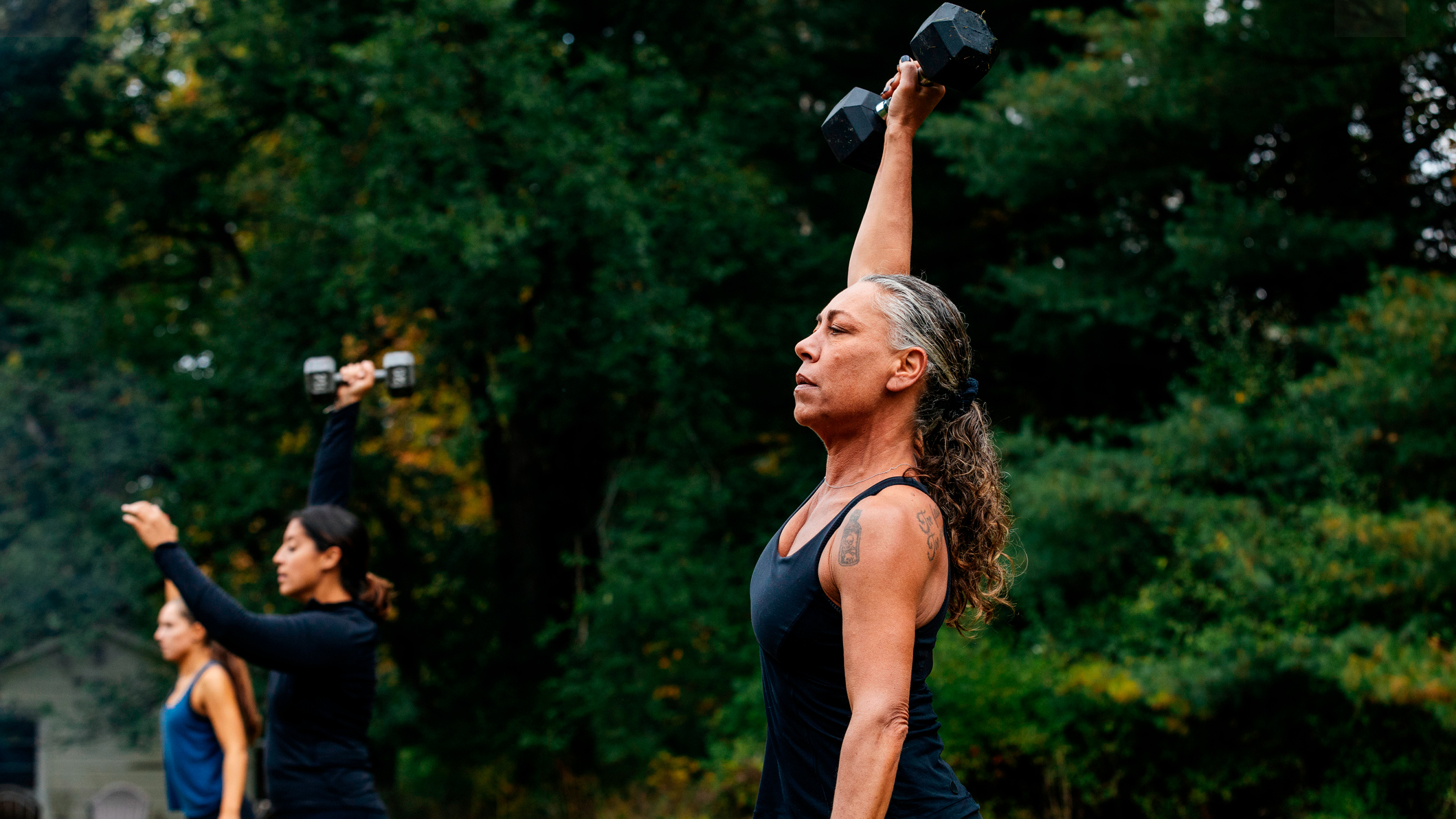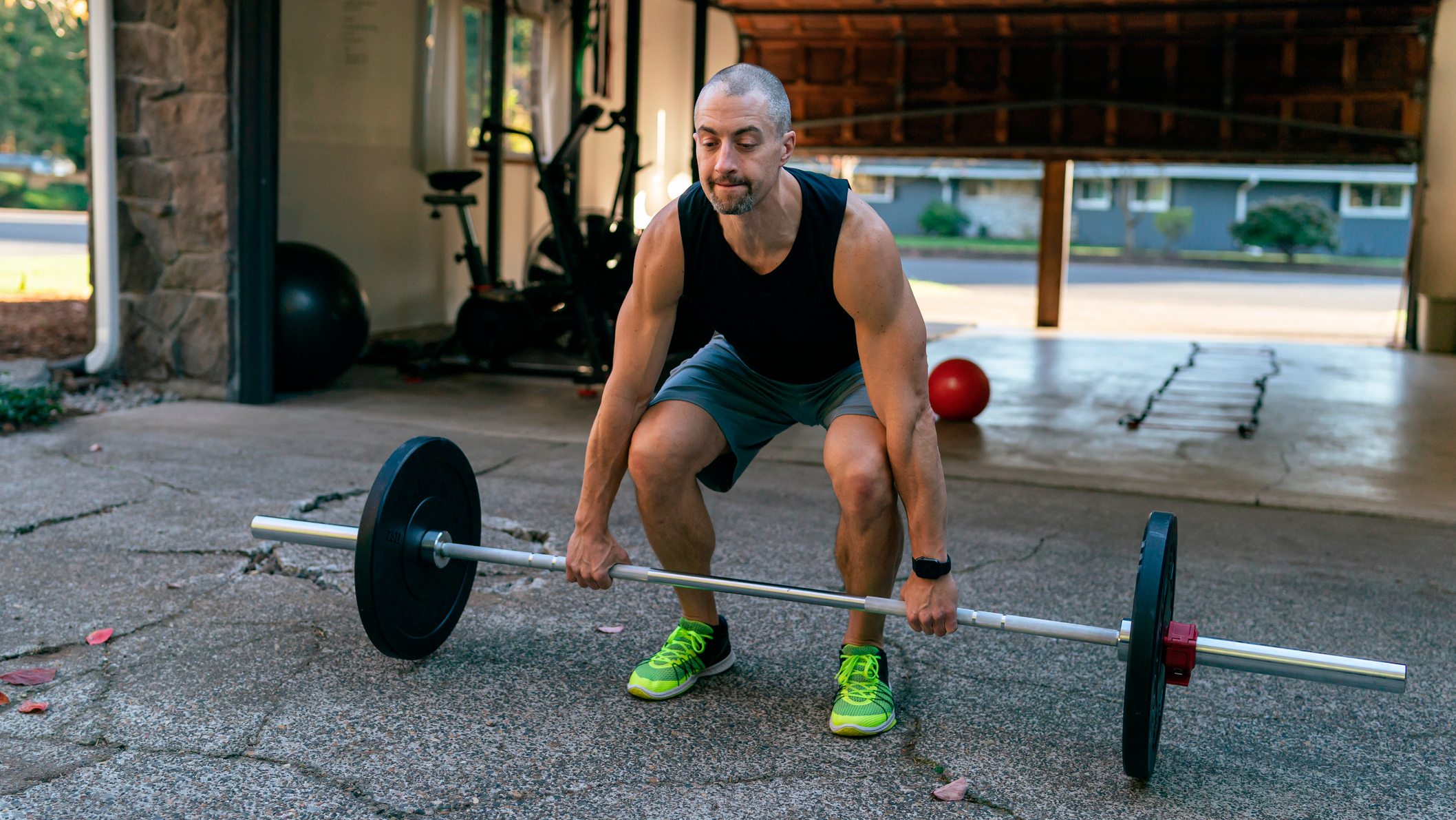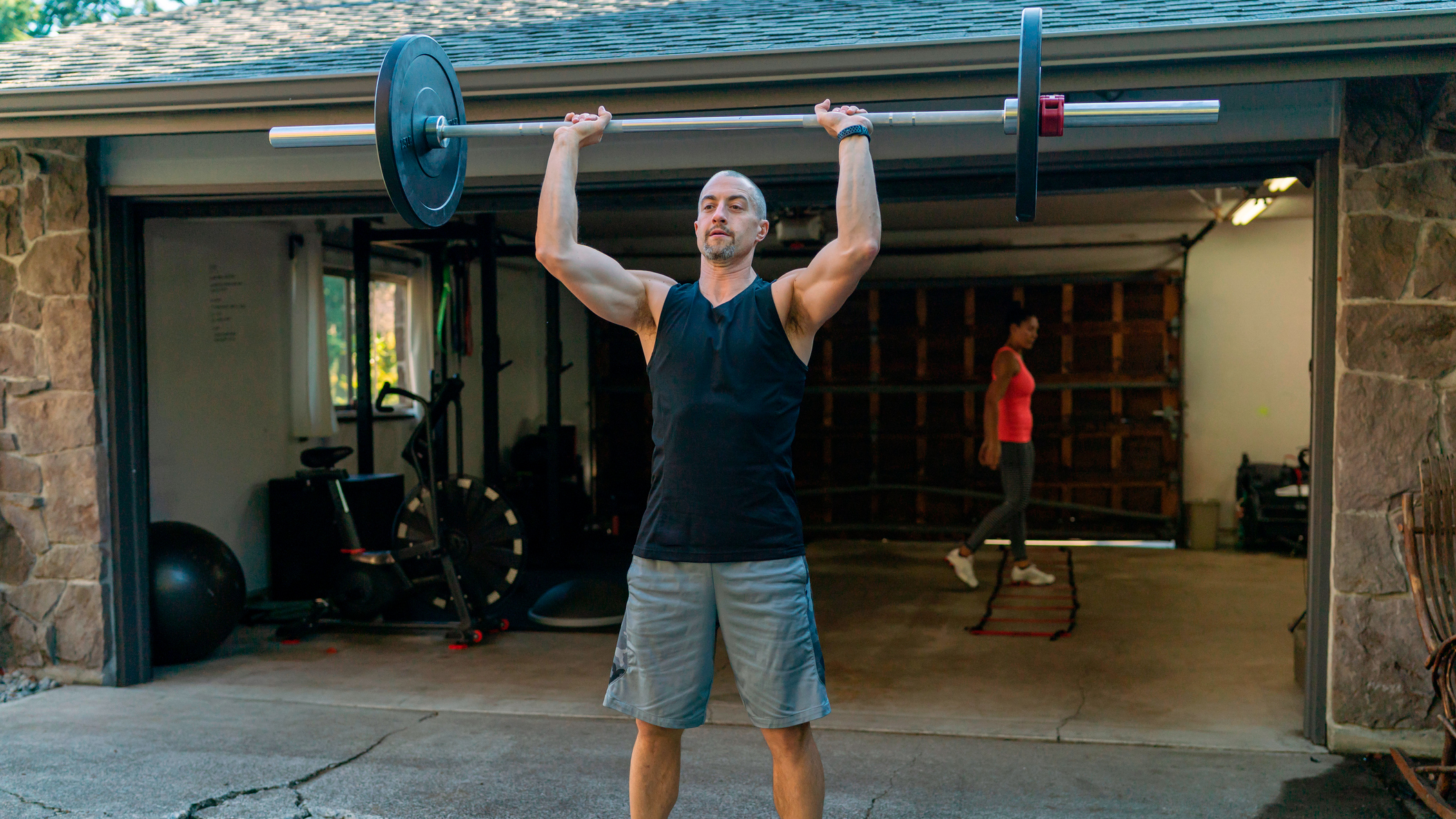What Are Conditioning Workouts Anyway?
If you exercise, chances are you’ve tried a conditioning workout, but what are they exactly? An expert explains all and shares a four-move session to add to your training

If you’ve ever attended a workout class or trained at a gym, you’ve probably come across conditioning workouts. And you may well have found that very different types of session can be referred to as conditioning workouts. So you may well wonder: what does it actually mean?
To get the answer, we spoke to Emily Schofield, a certified personal trainer and gym manager at Ultimate Performance Los Angeles, to outline exactly what this style of workout is and if it might benefit you.
What are conditioning workouts?
“A good way to think about it would be any workout that gets your heart rate over 70%, and which is designed to improve your cardiovascular capability—your heart’s ability to pump blood,” says Schofield.
Generally, conditioning workouts will also work on other elements of physical health, like flexibility and strength, as well as promoting cardiovascular fitness. “There is a myth that a conditioning workout is one that has to involve pounding a treadmill for hours on end or spinning classes,” says Schofield. “Any form of exercise that gets your heart rate above 70% is going to be effective for burning calories and improving your cardiovascular ability.”
What are the benefits of conditioning workouts?
There are many well-established benefits of getting your heart rate up during workouts—it can lower blood pressure, regulate blood sugar, and even reduce chronic pain and asthma symptoms. Conditioning workouts are also beneficial if you’re trying to reduce body fat. “Intense conditioning sessions have also been shown to effectively increase EPOC [excess post-exercise oxygen consumption], which means you’ll be burning more calories after the session too,” says Schofield.
Regular conditioning work could also improve your performance during other types of exercise. “Maintaining a good level of conditioning will allow you to handle more volume of work in your hypertrophy sessions,” says Schofield. “The more volume you can handle, the more growth you’ll get.”
Are there any downsides to conditioning workouts?
“The two big risks here are overtraining and over-exertion,” says Schofield. “High-intensity conditioning work can stress the central nervous system a great deal.” It can also impact mood and energy, as well as the body’s normal hormone levels, which is a particular concern for women because it can affect your periods, causing some women to stop menstruating temporarily.
Overtraining can also limit your progress. “If you are strength training three or four times a week, you need to give your body adequate time to rest and recover. Scientifically speaking, your muscles grow when you’re at rest,” says Schofield. “Exercise creates microscopic tears in your muscle tissue. During rest, cells called fibroblasts repair it. This helps the tissue heal and grow, resulting in stronger muscles.”
Plus, conditioning workouts can be tough and might require some modifications if you’re a beginner. “Conditioning workouts can be very demanding if performed at a high intensity. If your body is not used to this level of intense training, you could easily find yourself exhausted. My advice would be to start slowly, assess your fitness levels, and gradually increase the intensity.”
How are conditioning workouts different from strength training?
You’ll often see strength and conditioning paired together, but the two are actually very different. “Strength training is exerting force against resistance,” says Schofield. This often involves using weights or machines, and the aim of dedicated strength workouts tends to be to build muscle.
Conditioning workouts often contain strength movements, but they are generally completed using lighter or no weights and a higher rep range, to prioritize getting the heart rate up rather than hypertrophy.
Why are conditioning workouts paired with strength movements?
Combining strength sessions with conditioning workouts is a great way to develop your overall health and fitness. “A combination of resistance training and conditioning in the same training programme is known as concurrent training,”says Schofield.
Pairing the two can help you burn fat and build muscle, which can be beneficial if you’re training for aesthetic purposes. “When you combine these two workout modalities, particularly when you’re in a calorie deficit, this is by far the most effective workout to build muscle and burn fat at the same time,” says Schofield.
4-Move Conditioning Workout
“This is a very tough, very challenging conditioning session,” says Schofield. “The reason I’ve recommended it is to demonstrate that resistance training can also be incorporated into your conditioning sessions.
“The below is known as a ‘giant set’ in which you will perform the four moves listed below, back to back.”
Perform 10 reps of each exercise, rest for 10 seconds, then move on to the next exercise. Rest for between two and four minutes after the final movement. Repeat that sequence for a total of four sets.
1A Deadlift

Sets 4 Reps 10 Rest 10sec
Stand with your feet hip-width or slightly wider apart, with your feet under a barbell resting on the floor. Hinge forward at your hips, pushing your hips back and bending your knees to take hold of the barbell with your hands shoulder-width apart. Roll your shoulders back and down, and brace your core. Push through your feet to lift the barbell off the ground, straightening your legs and driving your hips forward. Reverse the move to lower the barbell to the floor under control.
Sign up for workout ideas, training advice, reviews of the latest gear and more.
1B Overhead press

Sets 4 Reps 10 Rest 10sec
Stand with your feet hip-width apart, holding a barbell in front of your shoulders with your hands shoulder-width apart and your elbows pointing forward. Push the barbell straight up, keeping your shoulders back and your head in front of your shoulders as the barbell reaches the overhead position. Move your head back as you lower the barbell under control.
1C Pull-up
Sets 4 Reps 10 Rest 10sec
Hang from a pull-up bar with your hands shoulder-width apart, palms facing forward. Engage your core and pull yourself up until your chin is over the bar, then lower slowly to a dead hang.
1D Back squat

Sets 4 Reps 10 Rest 2-4min
Stand with your feet hip-width apart, holding the barbell across the back of your shoulders with your hands wider than shoulder-width apart and palms facing forward. Brace your core, roll your shoulders back and down and, keeping your chest up and spine neutral throughout, push your hips back and bend your knees until your hips are below your knees. Push through your feet to return to standing.

Alice Porter is a journalist who covers health, fitness and wellbeing, among other topics, for titles including Stylist, Fit & Well, Glamour, Cosmopolitan, Grazia, VICE and Refinery29. When she’s not writing about these topics, you can probably find her at her local CrossFit box.
